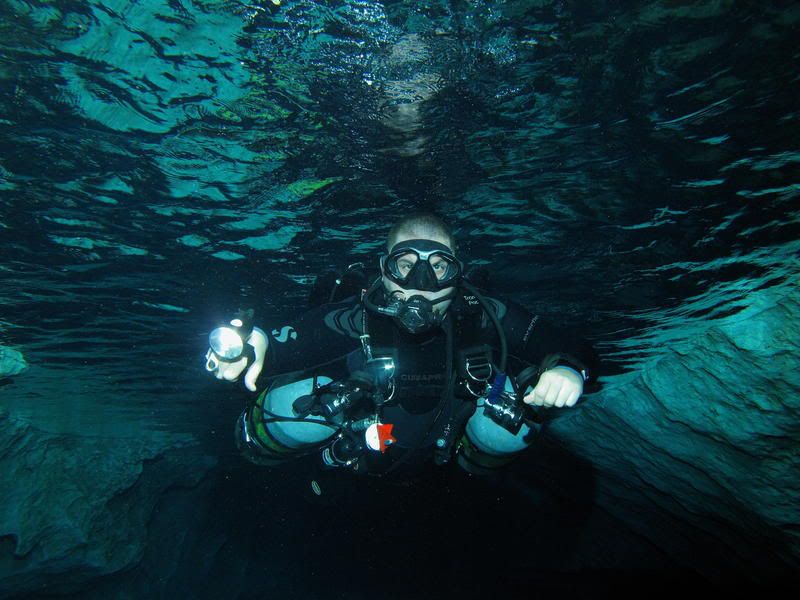Mark Michaud SELAUSAR
Contributor
Those are all great questions for the diver in question, with the blocked sidemount tanks. He's not on the board, so don't hold your breath for answers.
Why's he doing it? Maybe just to get a little extra gas off a tank with a regulator malfunction? *shrugs* Sure, diving independants correctly we'll yeild you enough gas to get out(especially with a little extra conservatism), but there's nothing wrong with a little extra gas still.
Matt's right. I have seen it a few times but not enough to duplicate it, or I would likely make one.





